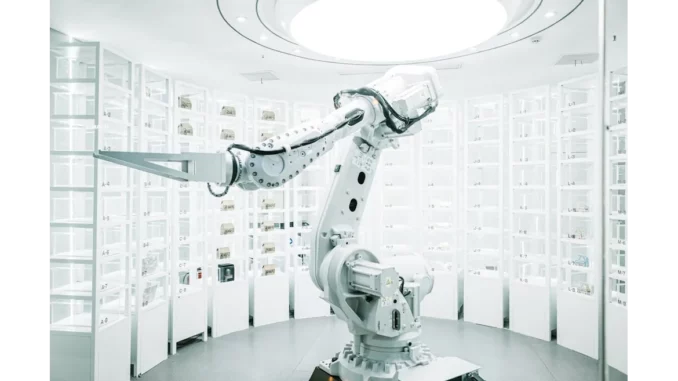
In the dynamic field of medical technology, a revolutionary advancement is setting a new benchmark in neonatal and maternal healthcare. This breakthrough comes in the form of a novel artificial intelligence tool named PlacentaVision. To gain deeper insights into this transformative technology, I engaged in a conversation with Dr. Emily Carter, an esteemed expert in perinatal health. Her insights illuminate how PlacentaVision is on the cusp of fundamentally altering the analysis of placentas at birth.
Dr. Carter’s enthusiasm is infectious as she discusses her experiences with this pioneering technology. “It’s extraordinary,” she remarks, “to see how artificial intelligence is meticulously applied to address a crucial facet of maternal and neonatal care.” Developed collaboratively by researchers from Northwestern Medicine and Penn State, PlacentaVision leverages computer vision and AI to swiftly evaluate placental photographs. This tool is adept at identifying abnormalities that could signal infections or neonatal sepsis, a condition affecting millions of newborns around the world.
Dr. Carter elaborates on the traditional oversight in placental examination, particularly in resource-constrained settings. “Placentas are often discarded without thorough examination,” she notes. “This tool is a game-changer. It allows for the early detection of potential issues, facilitating timely interventions that could be life-saving.” The importance of early diagnosis is paramount, and Dr. Carter underscores this aspect. “The placenta is a pivotal organ during pregnancy, vital to the health of both the mother and the child. Yet, its examination is frequently neglected.” With the advent of PlacentaVision, clinicians are now empowered to make informed decisions swiftly, potentially administering necessary treatments such as antibiotics to avert serious complications.
Dr. Carter further explains the dual utility of this tool across varied healthcare environments. “In regions with limited resources, where pathology labs might be nonexistent, this tool serves as a crucial lifeline, providing insights that would otherwise remain undiscovered. Conversely, in well-equipped medical facilities, it helps prioritise which placentas necessitate further detailed examination, significantly streamlining the process.”
The technical sophistication of PlacentaVision is commendable. Researchers utilised cross-modal contrastive learning, an advanced AI approach, to train the system with an extensive dataset of placental images and corresponding pathological reports. This technique empowers the AI to identify intricate patterns and predict health outcomes with remarkable precision. “The learning process involved crafting a model resilient enough to perform in various clinical settings,” Dr. Carter explains. “This includes adapting to different lighting conditions, imaging qualities, and other variables inherent in real-world medical environments.”
PlacentaVision’s robustness was validated through cross-national testing, ensuring its effectiveness across diverse populations and settings. This aspect is vital, and Dr. Carter emphasises, “For any medical AI tool to be genuinely effective, it must consistently perform across varied conditions. The developers of PlacentaVision clearly understood this imperative.”
Looking ahead, the project’s next phase promises to be equally transformative. Dr. Carter reveals that the team aspires to develop a user-friendly mobile application. “Envision medical professionals, even with minimal training, using their smartphones to capture placental images and receiving instantaneous feedback. This vision holds the potential to democratise access to essential health insights,” she enthuses. The impact of such an application in low-resource settings could be profound. “In areas where healthcare infrastructure is sparse,” Dr. Carter elaborates, “having access to such a tool could mean the difference between life and death for countless mothers and their newborns.”
As our discussion concludes, Dr. Carter reflects on the broader implications of this innovation. “PlacentaVision epitomises how technology can bridge significant gaps in healthcare, offering solutions that are both accessible and effective. It holds the promise of enhancing maternal and neonatal outcomes on a global scale.”
PlacentaVision signifies a remarkable leap forward in medical technology, aligning with the pressing need for early and precise diagnoses in neonatal and maternal health. As it continues to develop, this AI tool has the potential to revolutionise placental examination and, more importantly, the delivery of care to mothers and newborns across the globe.


Be the first to comment